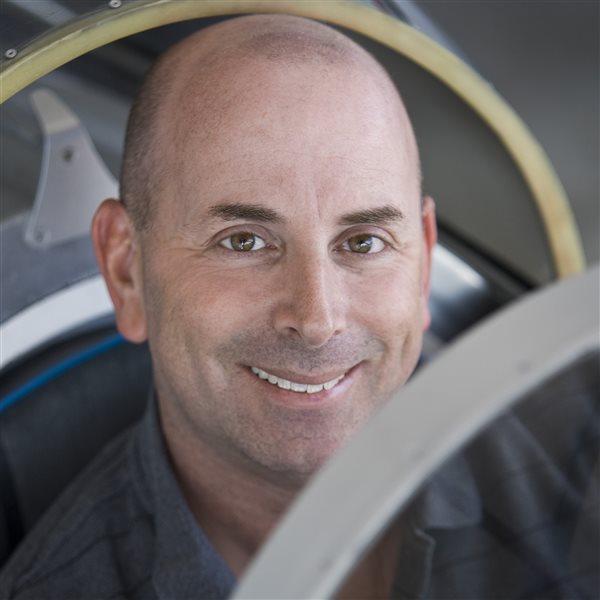The stuff you keep
Aviation products that stand the test of time
New pilots receive a blizzard of ads for products made to seem indispensable—and a few of them really are. Here are some items I’ve purchased over the years that have stood the test of time.
[email protected]

Photography by Chris Rose and David Tulis
- An Oregon Aero seat cushion. This seemed like an extravagance when I bought it 20 years ago, and sometimes it still does. Truthfully, it doesn’t pack well, and I feel self-conscious carrying it through airport terminals. But through many marathon ferry flights, pulling Gs in aerobatic airplanes, or when I just need a lift to get my eyes over the instrument panel, this seat has become essential equipment. I don’t know what kind of foam they put in this cushion that makes it so nice, but it means the difference between back pain and comfort on long flights—and being pain free makes flying so much more enjoyable. $193
- David Clark passive headset and Lyft Flux flight cap. Aerobatic airplanes put pilots and their equipment under a great deal of strain, and a passive headset without a battery pack to flop around is ideal. Similarly, open-cockpit airplanes with their rapid pressure pulses confound high-tech active noise reduction headsets (see “How It Works,” p. 15). Frequent photo flights for AOPA’s magazines are typically flown with the doors or windows removed from the photo platform, which gives them similar characteristics to open-cockpit aircraft. This simple, rugged, seemingly indestructible headset has flown with me for decades and always seems to come through. It’s not as comfortable or as quieting as ANR models, but I’m very glad to have it. And the Lyft fabric helmet keeps it in place during all sorts of positive- and negative-G maneuvers. Headset: $344.95; Cap $95
- Personal locator beacon. I’m thrilled to report that I’ve never actually needed this piece of equipment, but I’m glad it’s there. This ACR ResQlink model is registered and ready to activate if I’m ever forced down in a remote region. It’s a potential lifesaver that I carry on my person when I fly to out-of-the-way places. ACR sells a waterproof, buoyant version that I wish I’d purchased instead of the land version that I have. But it has gone to some far-flung places, and I hope to keep it dry and intact for the future. $339.95
- Helmet bag. I don’t always wear a helmet—but I use the military surplus helmet bag almost constantly. It’s a simple, durable, seemingly bottomless, water-resistant bag that’s come with me on just about every flying trip I’ve made in the last decade. A customized version was given to me by a friend and former flight student, and it’s the first thing I pack when getting ready for any flying trip. If flight bags could talk, this one would have stories to tell. $40
- PJ2 Handheld radio. My main purpose for these radios is at busy airports to call for an instrument clearance without starting the airplane engine (or draining its battery)—and handheld radios work well for that limited purpose. They’re usually not powerful enough to communicate reliably with airplanes in flight that are more than a mile or two away. Some handheld radios—I’m talking to you, ICOM—are ridiculously complicated to program, and I’ve never found any of the VOR tracking features to be useful. But a basic handheld radio can be a tremendously valuable device, especially if you keep the battery charged. $229 and up
- Flight Outfitters kneeboard. I’ve flown with a kneeboard since the beginning of my flying career and feel incomplete in the cockpit without one. Writing down airport codes, radio frequencies, and elevations, and jotting down runway diagrams has become as much a pre-landing ritual as a GUMPS check. My ideal kneeboard fits a standard-size notepad, has a strap that cinches it tourniquet-tight to my thigh, and contains a pocket large enough for a few pens (the pushbutton variety) and an iPhone—no larger. This basic model from Flight Outfitters is simple, sturdy, and a pleasure to have along. $44.95

Dave Hirschman
AOPA Pilot Editor at Large
AOPA Pilot Editor at Large Dave Hirschman joined AOPA in 2008. He has an airline transport pilot certificate and instrument and multiengine flight instructor certificates. Dave flies vintage, historical, and Experimental airplanes and specializes in tailwheel and aerobatic instruction.


